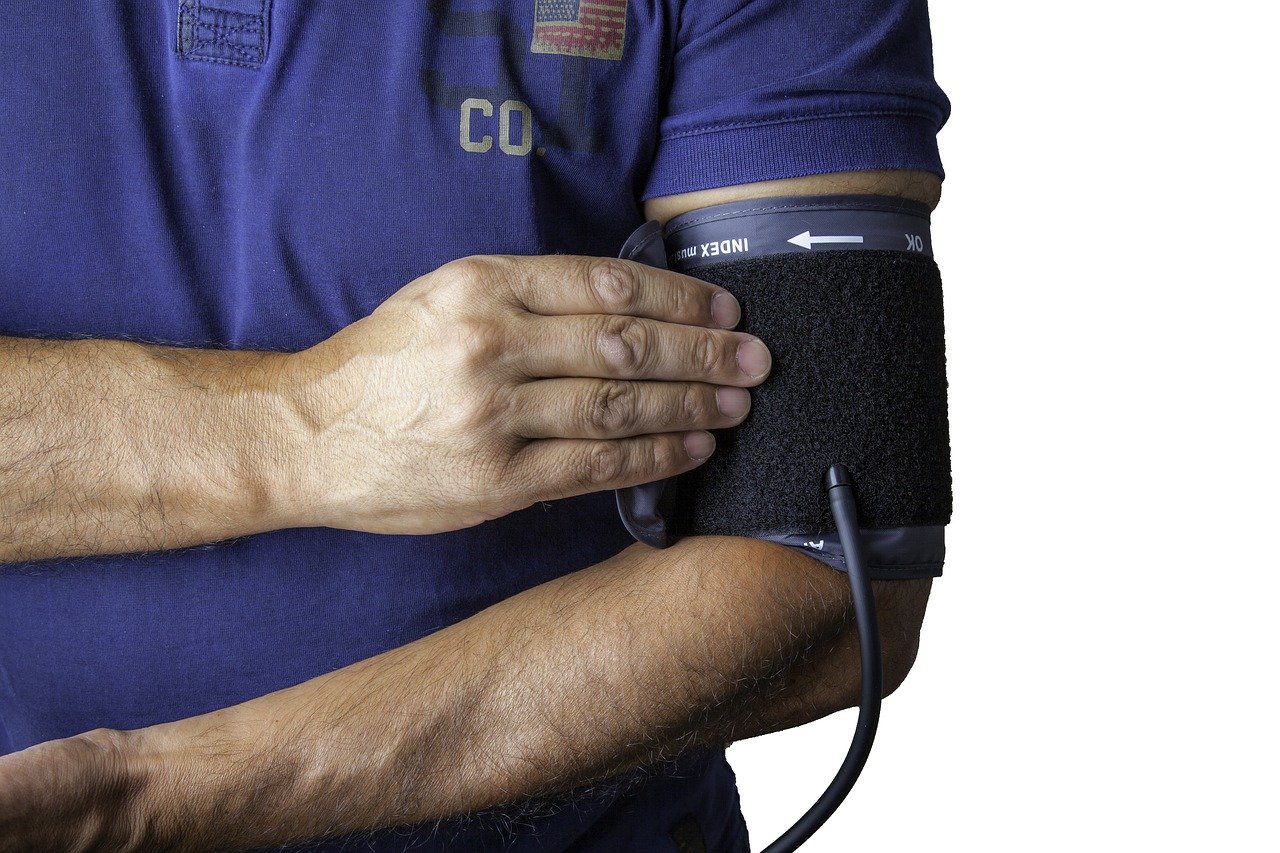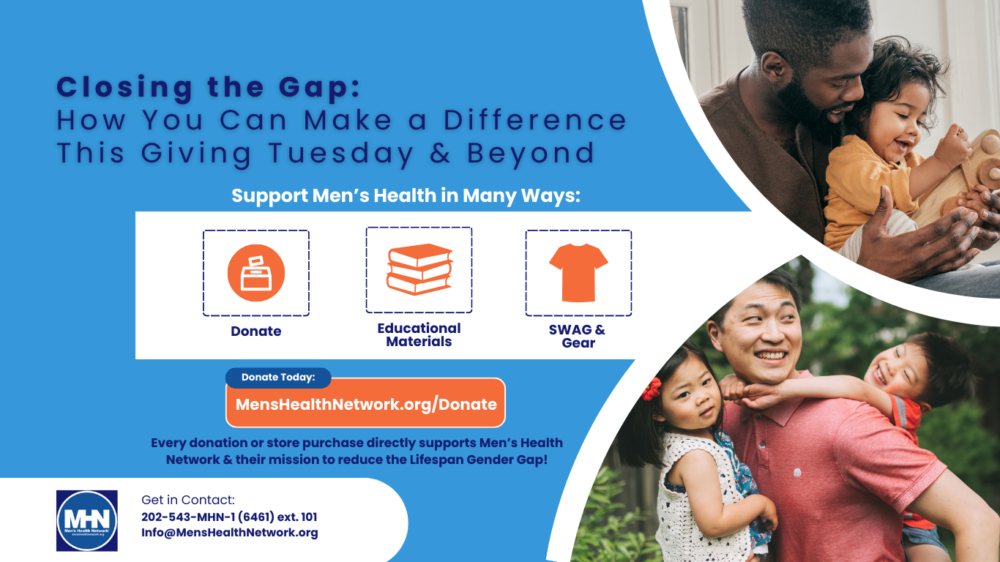For most of my career, I’ve focused on cardiovascular disease and hypertension. Uncontrolled high blood pressure is the biggest factor for overall deaths in the United States. It is also is the most significant changeable risk factor for your health. According to researchers with Johns Hopkins, it can double your risk for a heart attack; quadruple your odds for a stroke; raise your risk for heart failure, vision loss, and circulation problems; and contribute to erectile dysfunction in men.
Currently, I’m leading a project that compares two different evidence-based methods for caring for people with uncontrolled high blood pressure to assist them in getting it under control. One method is the standard clinic-based care with a face-to-face visit with a doctor or nurse. The other method is telehealth care. People get a blood pressure telemonitor at home that sends data electronically to their health record. A pharmacist works with the care team and patient over the phone to help them make medication and lifestyle adjustments and make sure they’re taking their medicine as prescribed.
This study, funded through the Patient-Centered Outcomes Research Institute (PCORI), is a larger version of a previous project I had worked on. What we found in the smaller, initial study is that overall, people had an improvement in their blood pressure in the telehealth group. People in both groups saw an improvement, but the telehealth group had an average of a ten-point greater drop in their blood pressure. When we looked at whether the results differed by sex, we found that men were even more likely than women to get their blood pressure under control in the telehealth group.
When we interviewed people from the study, we heard that the problem with treating blood pressure and hypertension in general is that you don’t feel anything is wrong. I am speaking anecdotally, of course, but men are more likely to avoid going to the doctor than women. With steady home monitoring, men in particular, and younger men especially, may discover it’s a problem that they can’t ignore.
Part of what makes patient-centered research unique is incorporating ideas from patients throughout the research process. We even asked our patient advisory board whether lower blood pressure was an outcome we should care enough about to make it the main outcome of the study. The message we got back was “absolutely!” Even if it’s a condition that people don’t feel, they encouraged us to look at blood pressure as an important outcome.
Of course, with the prevalence of COVID-19, the subject of telehealth and what health providers can do remotely comes up. I believe telehealth will become an important part of routine care even after COVID-19 becomes a distant memory.
I would say the beauty of telemonitoring is that you don’t have to record your blood pressure on a piece of paper and remember to bring that information to your doctor. Telemonitoring makes things so much easier for people if it can be seamlessly transmitted to your doctor.
There are so many things we can do remotely now: blood oxygen monitoring for people with COVID-19, blood sugar for diabetes, sleep apnea machines that record how effective the treatment is, and smart inhalers for asthma that can show the doctor how often you use it and if you’re using it properly. All of this is information that could and should be fed into your medical records your healthcare provider can see so it can be incorporated into your care.
We’re currently in the last year of our study and looking forward to seeing if, in a significantly larger population, we see similar results as the initial project, and how the result might be used to inform patients, hospitals, and healthcare systems about how telehealth might be incorporated more into care.
Image by Gerald Oswald from Pixabay




